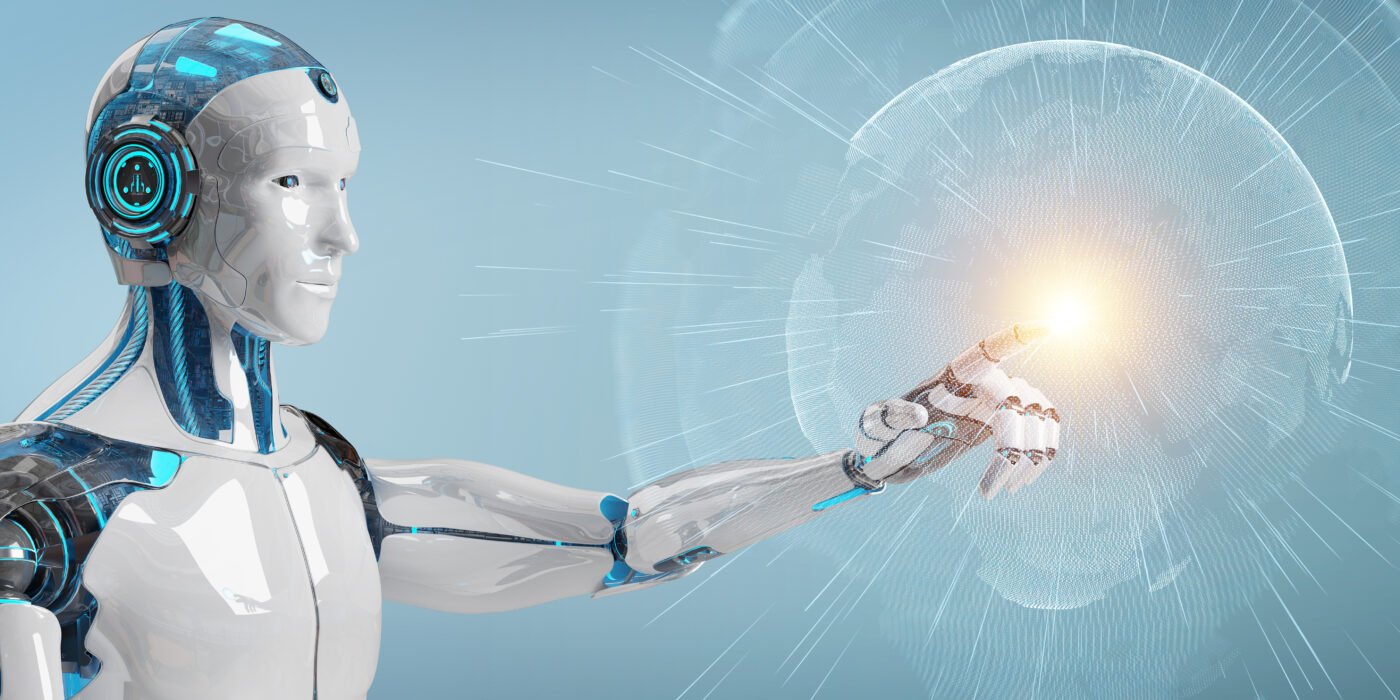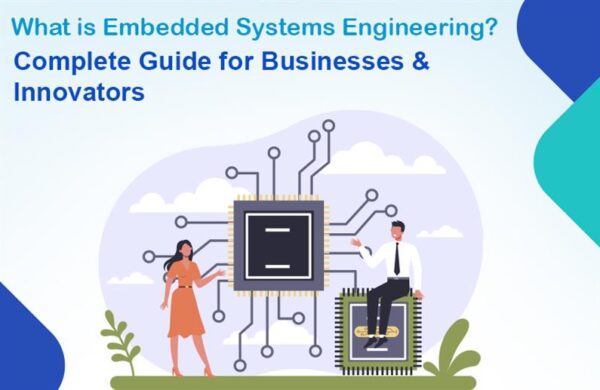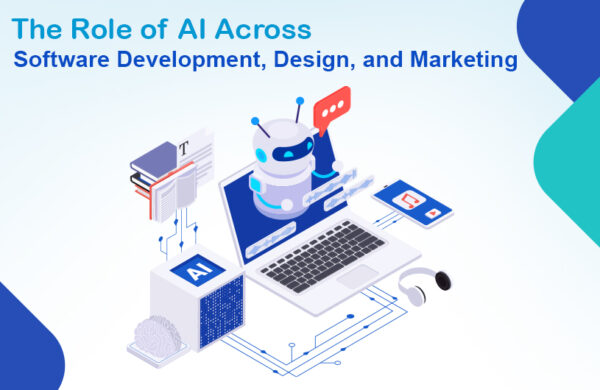Nowadays, most people are aware of the concept of robots but fail to frame a proper definition. First, the word robot is derived from the Czech word robot, meaning forced labour. Robots and machines are two different things. Robots are made to communicate or interact with the world interestingly. Robots know how to work in their surroundings and respond to the needful.
If you’re looking for a detailed definition, here it is. Robots are interactive, responsible, cognitive machines or physical tools that can perceive the environment using sensors, reason about events, make plans using algorithms implemented in computer programs, and perform actions enabled by actuators.
Robotics Engineering is the perfect blend of hardware, software, innovation, and advanced technologies. Robotics is a technology-based process of making superior robots. All the process of functioning a robot focuses on the basic plan, development, activity, and utilization of robots in a large group of various settings. Generally, the field of robotics fixates on making robots to perform straightforward or tedious errands at scale or to work under challenging circumstances where people would some way or another, not be able to work. In any case, late advancements in AI and artificial reasoning imply that we might see an expansion in human-to-robot connections later.
Common Types Of Robots
As robotics manufacturers continue to convey innovations across capabilities, cost, and structure factors, robotics solutions are being carried out in an increasing number of industries and applications. Advancements in processing power and AI capabilities mean that we can now utilize robots to satisfy critical purposes in many ways.
While robotics applications vary greatly giving headings, stocking racks, welding metal in dangerous conditions, and more today’s robots can generally be gathered into six categories.
Autonomous Mobile Robots (AMRs)
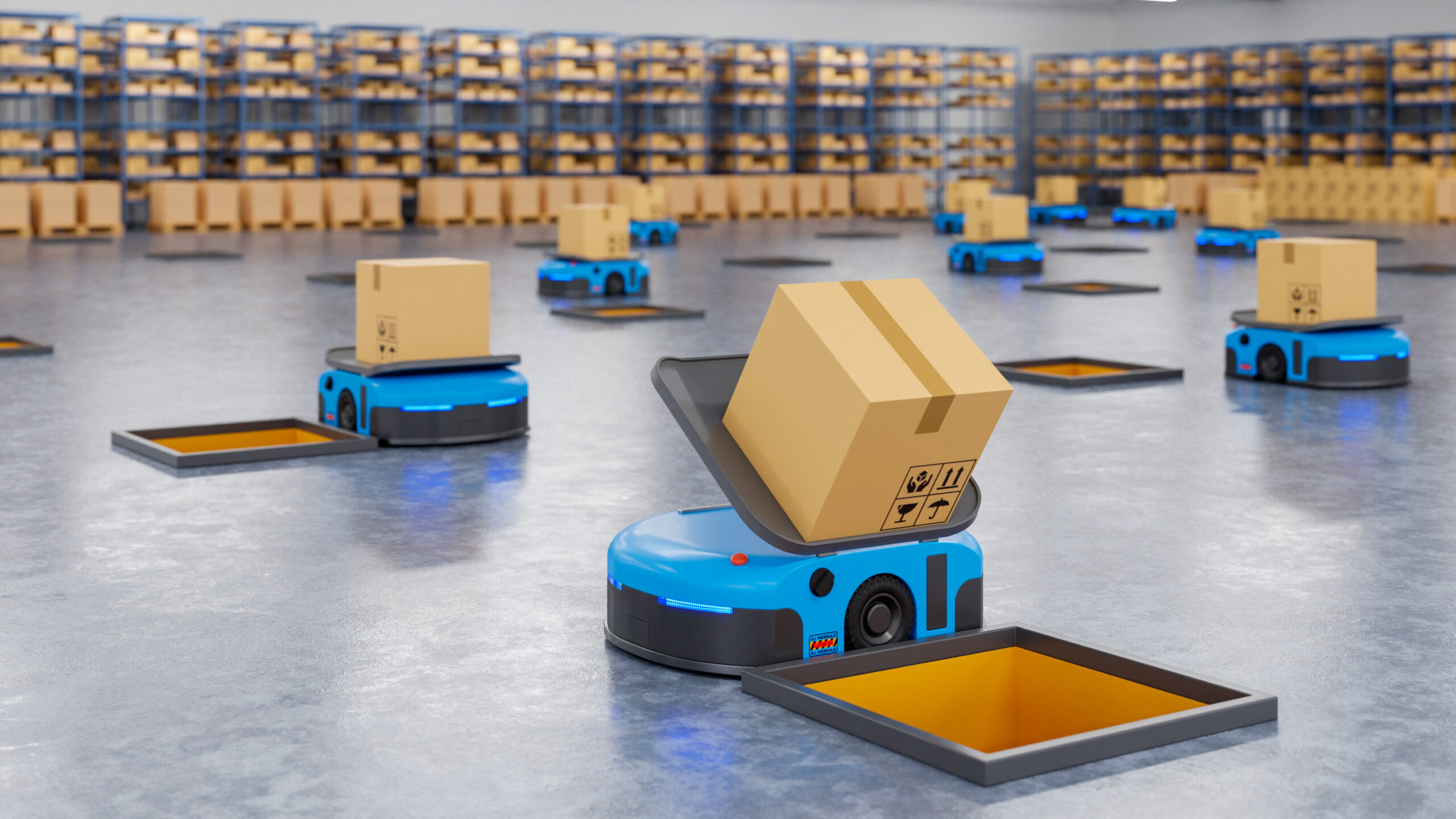
AMRs move all through the world and make choices in near real-time as they go. Advances, for example, sensors and cameras, assist them with ingesting information about their surroundings. Onboard processing hardware helps them analyze it and make an informed choice — moving to avoid an oncoming specialist, picking absolutely the perfect parcel, or selecting an appropriate surface to disinfect. They’re mobile solutions that require restricted human input to take care of their business. Learn more about AMRs.
Automated Guided Vehicles (AGVs)
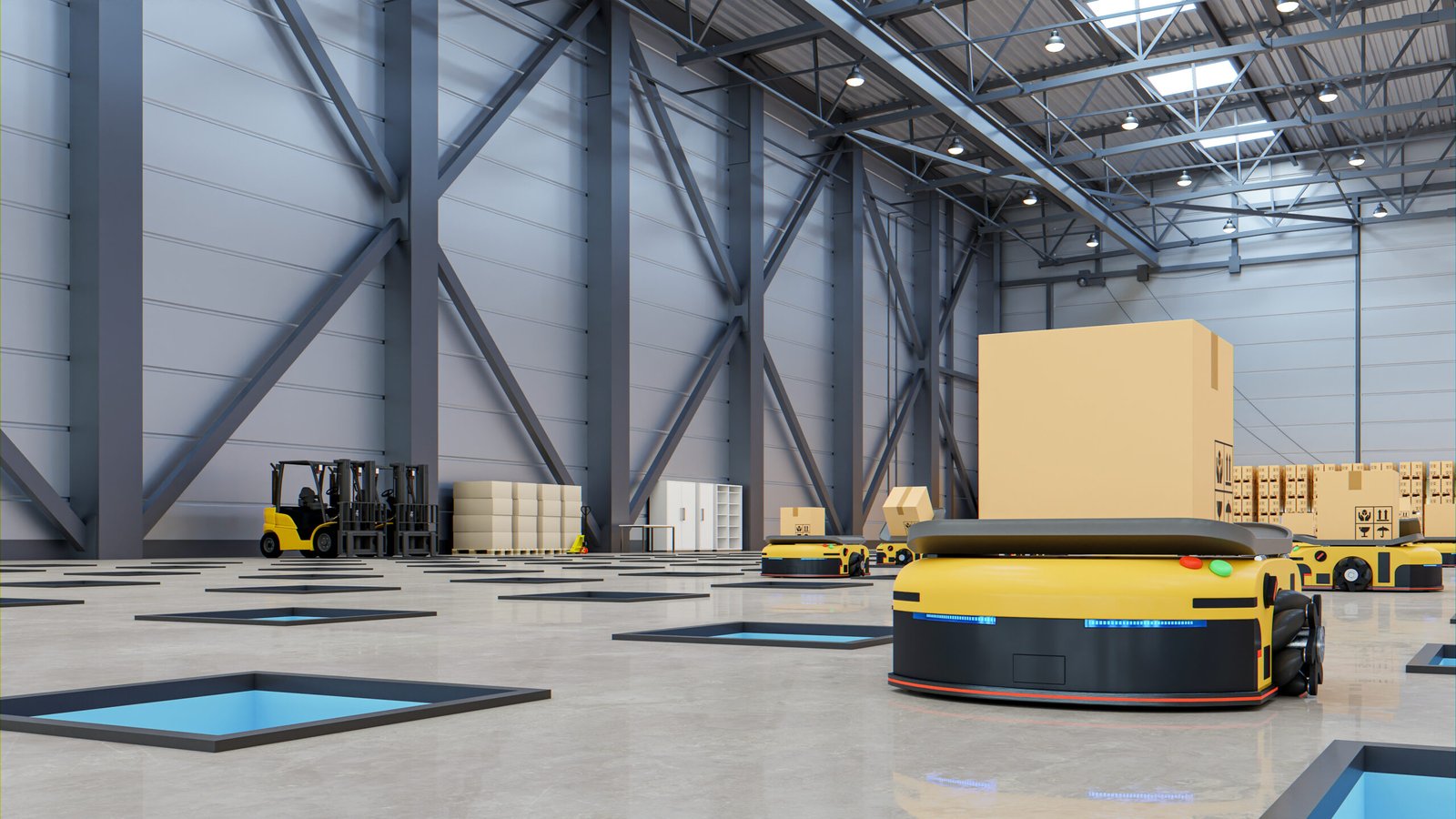
While AMRs traverse conditions unreservedly, AGVs depend on tracks or predefined paths and often require operator oversight. These are regularly used to convey materials and move things in controlled conditions, such as warehouses and factory floors.
Articulated Robots
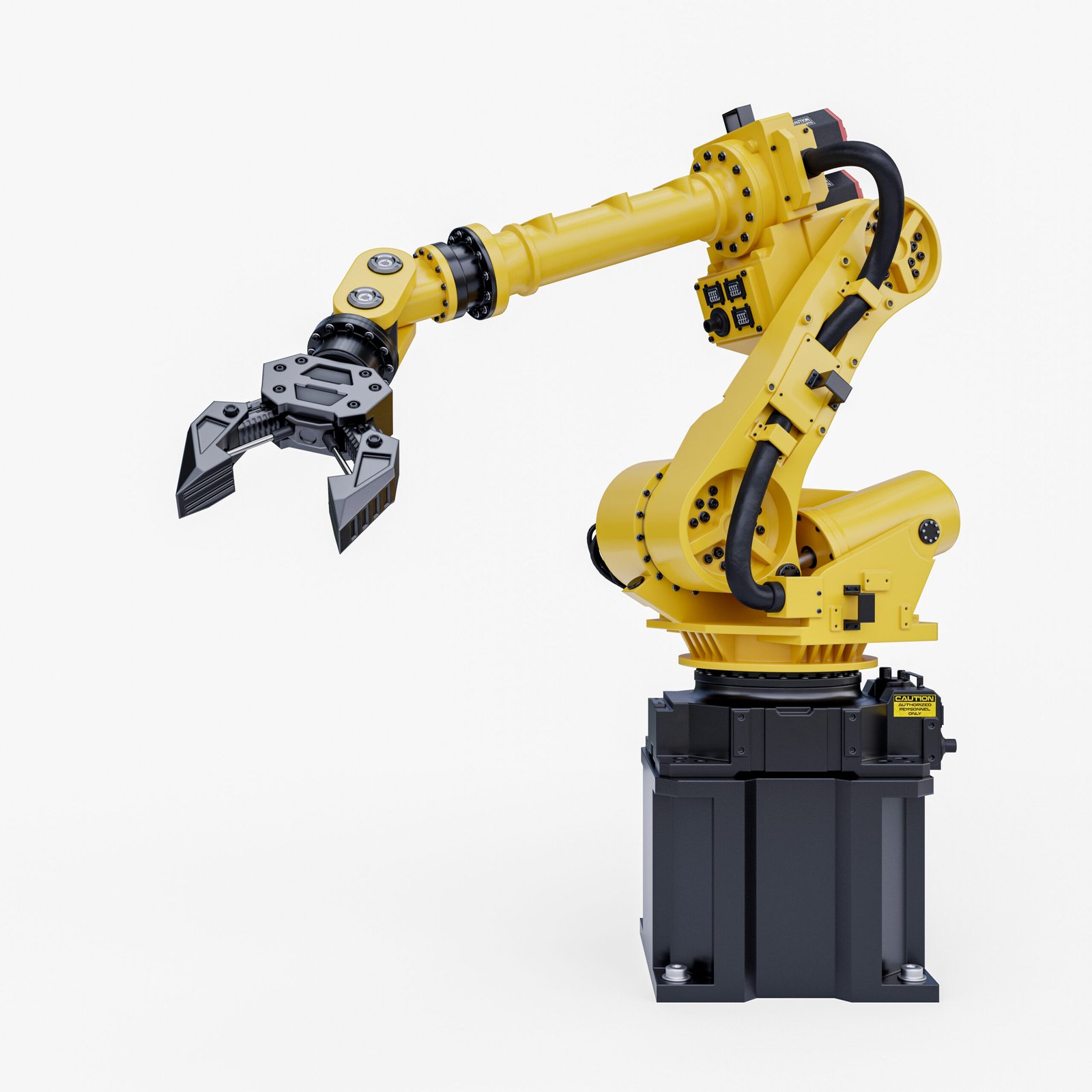
Articulated robots (also known as mechanical arms) are meant to emulate the elements of a human arm. Typically, these can feature anywhere from two to 10 rotary joints. Each additional joint or axis allows for more significant movement — making this ideal for arc welding, material handling, machine tending, and packaging. Learn more about articulated robots and robotic arms.
Humanoids
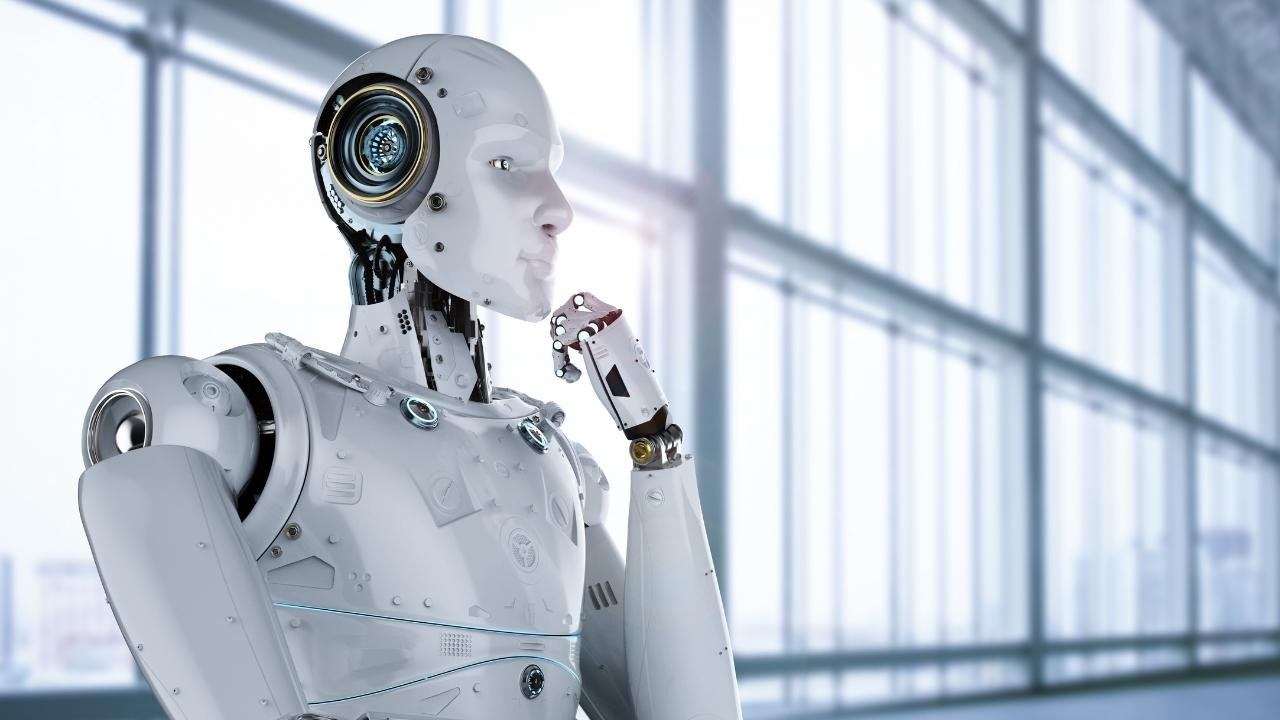
While many mobile humanoid robots may technically fall under the domain of an AMR, the term is utilized to recognize robots that perform human-centric capabilities and often take human-like structures. They use many of the same innovation parts as AMRs to detect, plan and act as they carry out tasks, for example, providing headings or offering attendant services.
Cobots
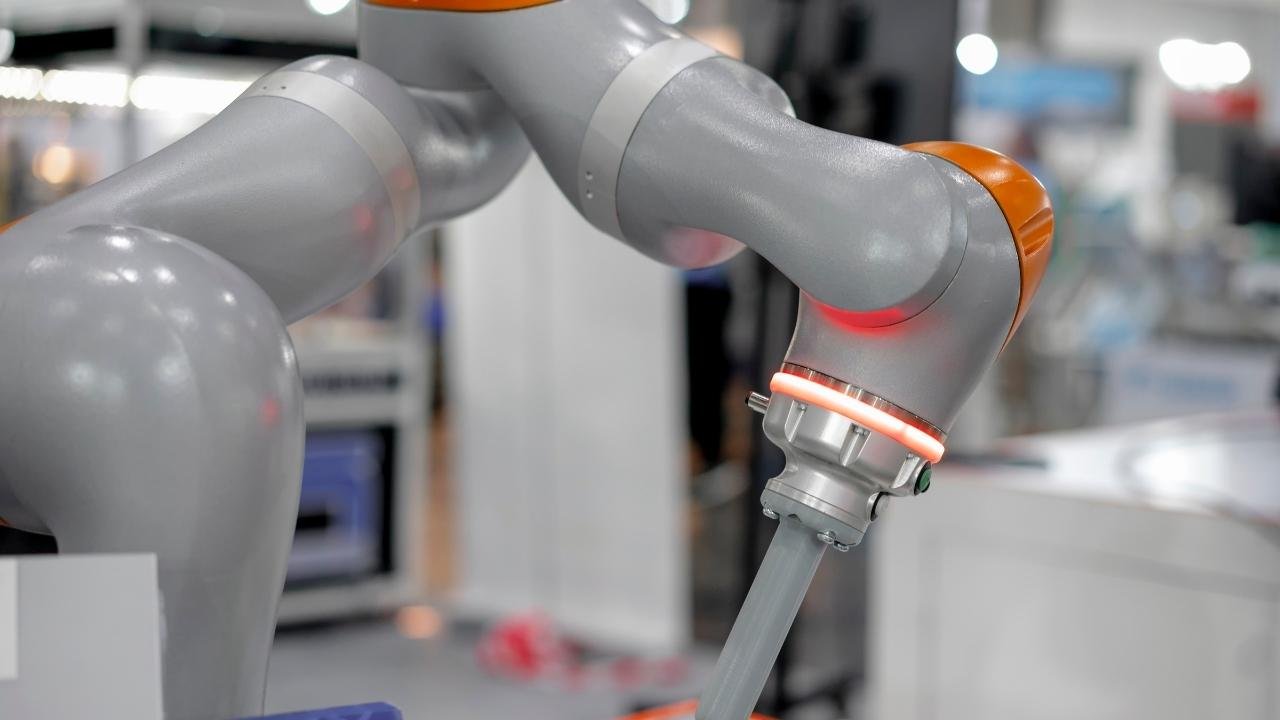
Cobots are intended to work alongside or straightforwardly with humans. While most different kinds of robots play out their tasks independently or in stringently isolated workspaces, cobots can share spaces with labourers to assist them with accomplishing more. They’re often used to eliminate manual, dangerous, or exhausting tasks from day-to-day work processes. Now and again, cobots can operate by responding to and learning from human developments.
Hybrids
The various sorts of robots are often combined to create half-breed solutions capable of additional intricate tasks. For example, an AMR may be combined with a mechanical arm to create a robot for handling packages inside a warehouse. Process capabilities are consolidated as greater functionality is combined into single solutions.
Fixed Vs. Non-Fixed Location Robots
Robots can also be broadly categorized into two groups: those that move around their current circumstance and those that don’t.
How Robots Are Used Across Industries
Businesses and government agencies use robotics in a variety of ways. All five standard robot types are sent to enhance results and diminish the weight on representatives so they can zero in on the most valuable and critical tasks.
Industrial
The manufacturing industry has been at the cutting edge of using various types of robots to achieve business results. AMRs, AGVs, articulated robots, and cobots are sent on factory floors and warehouses to assist in expediting processes, drive efficiency, and advance safety — often in conjunction with programmable rationale regulators. They’re utilized across various applications, including welding, assembly, materials transportation, and warehouse security.
Farming and Agriculture
AMRs are helping farmers harvest their crops more quickly and efficiently—and they’re using impressive intelligence capabilities. Agricultural robots can assess ripeness, move branches, or leaves out of the way, and pick the crop precisely and delicately to avoid causing any harm to the product.
Healthcare
Various sorts of robots are utilized in the healthcare industry to enhance the patient experience. AMRs convey medication, disinfect surfaces, or give mobile telepresence functionality. Cobots are also used to assist medical professionals during rehabilitation or nurses with better serving their patients.
Logistics
Robotics help coordinate factors and shipping companies to convey merchandise rapidly and effectively. They use AMRs and AGVs as warehouse robots that assist them with processing things, expediting operations, and increasing accuracy. They also utilize AMRs to take shipments at the last mile and guarantee safe conveyance to clients.
Retail and Hospitality
Robotics can be utilized to enhance the client or visitor experience in a variety of ways. Retail and hospitality companies are using robotics to automate inventory processes, give attendant or way-finding administrations, various clean conditions, and assist clients with their luggage or valet parking.
Smart Cities
Robotics assist with creating more innovative and safer urban communities. Humanoid robots offer wayfinding and information administration. AMRs are utilized to convey merchandise and lead routine security patrols. Robotics also expedite building development, conduct site reviews, and gather building modelling information.
CONCLUSION
Robots could someday be our drivers, companions, collaborators, teachers, specialists, and exploration pioneers. The capabilities of this technology will develop as scientists and specialists proceed to innovate and advance robotics. Robots are already a central part of everyday life in many capacities. They will probably work on the quality of life for billions of individuals and even assist us with reaching new skylines on our planet.
Read More – How Robotics Could Take Over the World

